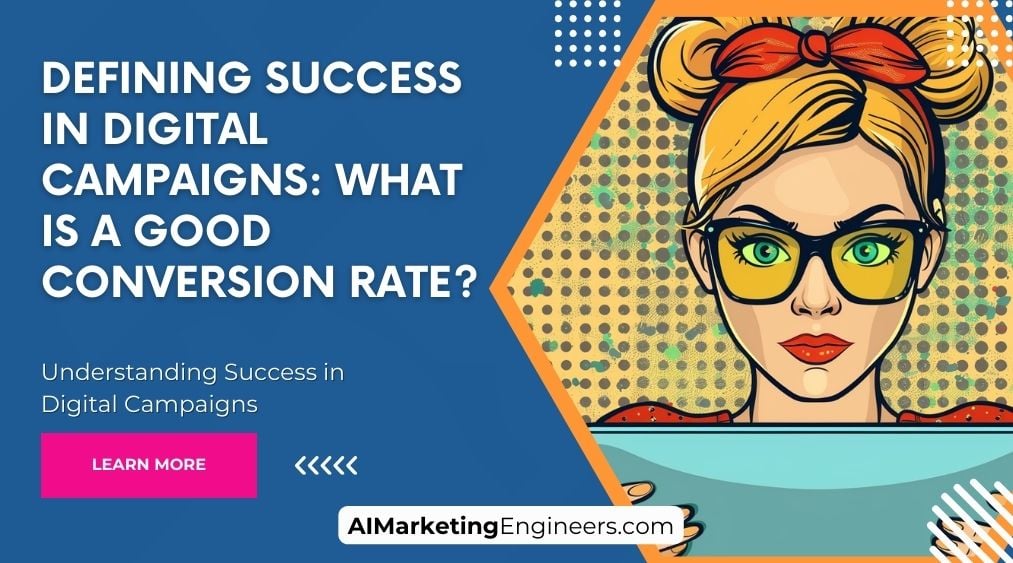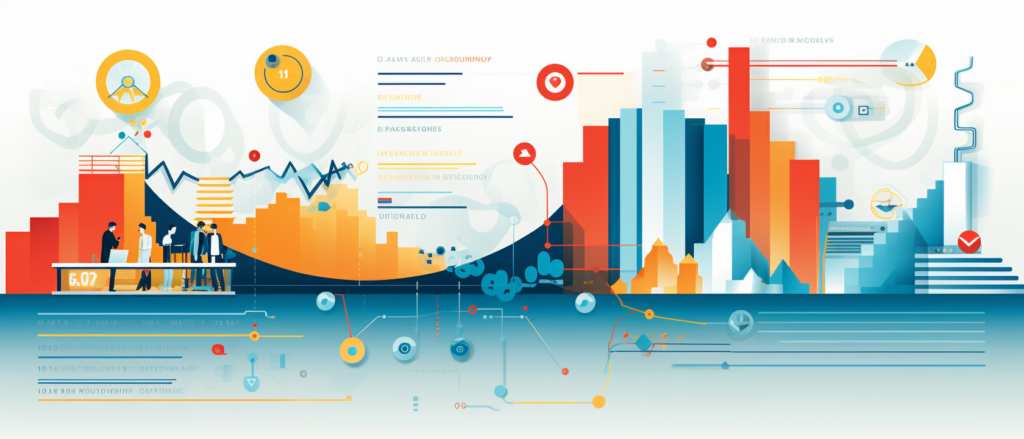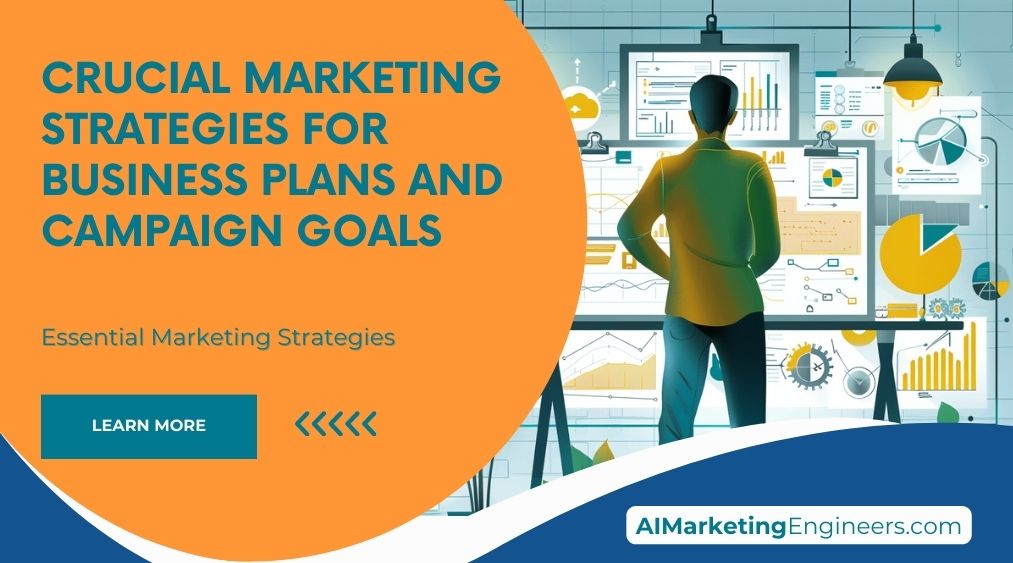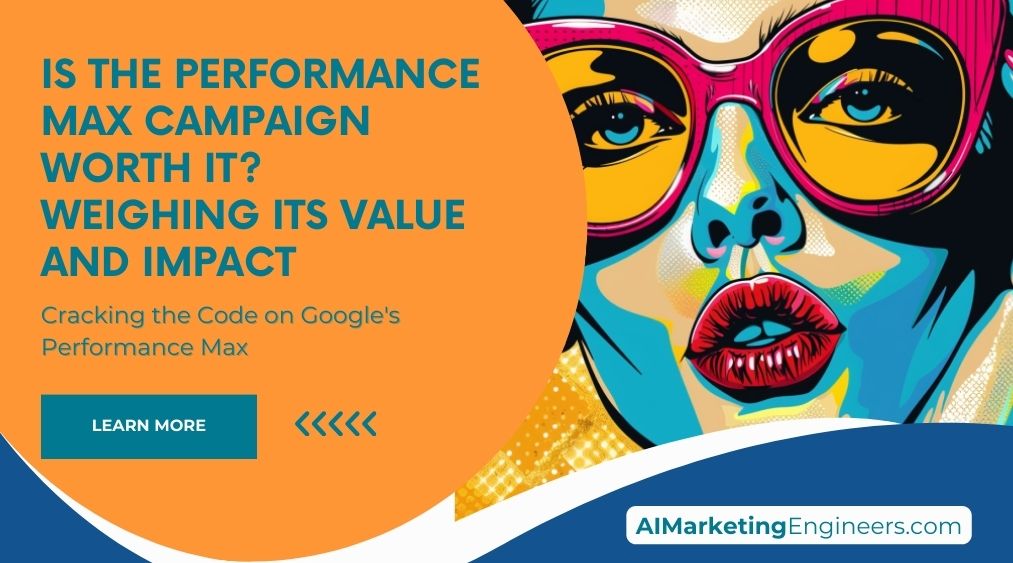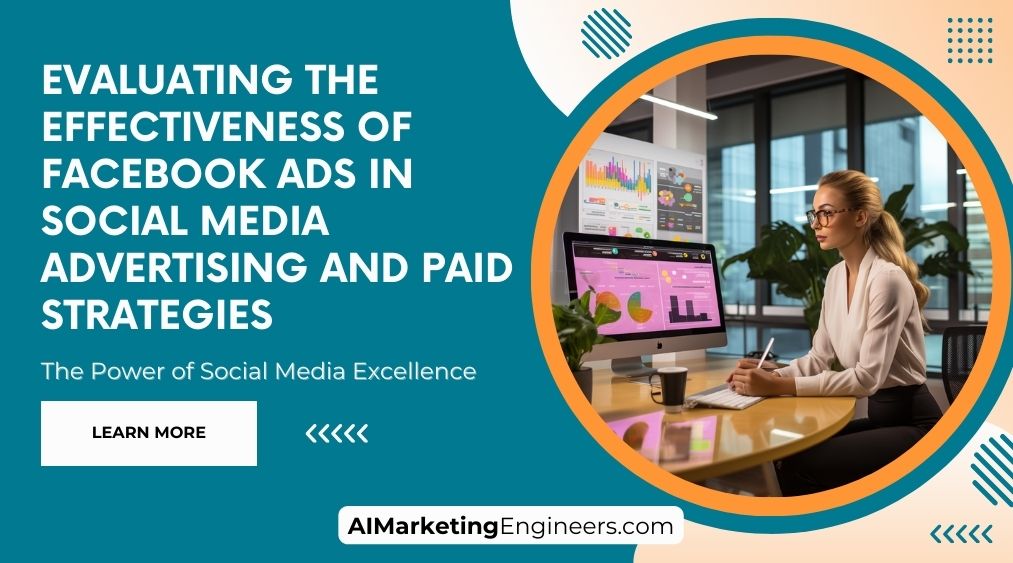Key Takeaways
✅ Industry Standards Matter: Your business isn't just another statistic, but numbers talk. Did you know conversion rates can swing wildly from one industry to another? It's time to get cozy with those industry averages and carve out a realistic target that's all your own.
✅ Beyond the Numbers: Are you staring at a conversion rate that won't budge? It's not just about the percentages; it's the heart and soul of your website and strategy that counts. From your website’s look to how you chat with visitors, these details can make or nudge your numbers north.
✅ The Strategy Lab: Success isn't a one-off event; it's a science experiment. Regular tweaks and tests can turn 'almost there' into 'nailed it'. Keep your strategies fresh, your content relevant, and your ads on point to stay ahead of the game.

Introduction
Ever wonder why your website’s visitor counter is blazing, but the sound of crickets fills the checkout page? Well, you're about to unravel that mystery. Imagine turning more of those casual clicks into loyal customers. That's the magic of knowing your numbers, especially when it comes to determining a good conversion rate.
Now, what if I told you that not all conversions are created equal? That's right, a "conversion" could mean a confirmed sale or just a simple sign-up form completion. Understanding these nuances defines the battleground of digital campaigns. Here's the deal: all the traffic in the world means zilch if those visitors aren't taking action. Identifying what a good conversion rate looks like for your biz is akin to finding the secret ingredient in grandma's famous recipe – it's priceless.
So, cozy up and get ready for a tour through the ins and outs of conversion rates. I guarantee by the end, not only will you be armed with the insights to boost your numbers, but you'll also be one step closer to defining—and achieving—true digital success. Ready to play detective with your data and turn insights into action? Let’s get started!
Top Statistics
| Statistic | Insight |
|---|---|
| Global average conversion rate across all industries: 2.35% (Source: WordStream) | This number sets the benchmark for many businesses, letting them know what they should be aiming for at the very least. |
| Highest conversion rates by industry: Arts & Entertainment (3.75%), Consumer Services (3.66%) (Source: WordStream) | These industries are leading the pack. If you're in a different field, thinking about what these sectors might be doing right could offer valuable lessons. |
| Lowest conversion rates by industry: Education (1.92%), Travel (1.99%) (Source: WordStream) | It's essential to recognize that some industries naturally have lower conversion rates and might need more innovative strategies to boost their numbers. |
| Mobile conversion rates: 0.75% compared to 2.55% on desktop (Source: Statista) | This stark difference shows how crucial it is for websites to be optimized for desktop viewing, even as we do more on mobile these days. |
| Personalization can increase conversion rates by up to 10% (Source: Econsultancy) | If anything, this should be a wake-up call for adopting personalization in your digital strategy – make people feel like you know them, and they're more likely to convert. |
Understanding Conversion Rates in the Digital World
Have you ever wondered how businesses measure success when you see ads online or browse a website? It all comes down to something called a conversion rate. This number is like the batting average for digital campaigns – it tells you how often people take the action you want, whether that’s buying a product, joining a newsletter, or downloading an app. Imagine throwing a giant cyber net into the ocean of potential customers; the conversion rate tells you what percentage of fish you catch.
Why Do Conversion Rates Matter?
Think about conversion rates as the heartbeat of digital marketing. The higher the rate, the healthier the campaign, and, vice versa, a low rate could indicate hiccups in your strategy. Different actions like sales, sign-ups, or downloads count as conversions, so it’s not just about selling but could also be about growing your community or spreading your software.
The Dance of Variables Affecting Conversion Rates
Now, let's get real. Not every industry is playing the same game when it comes to conversion rates. For instance, if you’re selling luxury yachts, you wouldn't expect as many purchases as a bookstore might get. The audience's interests, the product or service's appeal, and what you're asking people to do all stir the pot in defining what’s considered a "good" conversion rate.
What's a "Good" Conversion Rate Anyway?
Peek at industry benchmarks to kick off your expectations on conversion rates. A stellar 5% might be the norm for one industry while another might cheer for 2%. It’s all about perspective! Matching your goals against these industry benchmarks and blending that with a dash of real-world insight from your campaign performance can guide you to set realistic and achievable ambitions.
Strategies to Jack Up Those Numbers
Now, for the juicy part—how do you boost these rates? A/B testing can shed light on what resonates with your audience. Ever switched up a headline or tweaked a button color? Those minor changes can lead to major strides in conversion rates. It’s also about that smooth user experience; no one likes a clunky, confusing site. And let's not forget about how crucial targeted messaging is. Speak your customer's language, and they're more likely to click that 'buy' button.
Analyzing Conversion Rate Data
Data can seem dry, but it’s really storytelling with numbers. When businesses glance at their conversion rate data, they don’t just see percentages; they see opportunities, room for improvement, or pats on the back. Keeping eyes on metrics like bounce rate or time on site is like detective work, hunting down clues to create an irresistible digital experience. Understanding your conversion funnel is also key, mapping out the journey from the first click to the final checkout.
Remember, folks, e-commerce is an evolving beast—there’s always room to refine and enhance. Marketing isn’t just about flashy ads; it’s about creating connections. And those conversion rates? They're the trail of bread crumbs leading you to your customer's doorsteps. Are you ready to follow the trail?
AI Marketing Engineers Recommendation
Recommendation 1: Benchmark Conversion Rates Against Industry Standards: Before you can define what a good conversion rate number is for your digital campaigns, you need to know how your industry stacks up. E-commerce stores might be happy with a 2-3% conversion rate, but if you're in finance or education, that number might be lower. Use industry benchmarks as a starting point. Resources like Google Analytics offer industry sector conversion rates to compare with your own. Remember though, this is a springboard; your ultimate goal should be to surpass these averages.
Recommendation 2: Analyze User Behavior to Define Success Metrics: Good conversion rates are not just about numbers; they reflect user satisfaction and intent. Utilize tools like heatmaps, session recordings, and conversion funnel analytics to understand user behavior. Current trends show that campaigns tailored to user experience tend to have higher conversion rates. For example, if users often abandon their shopping cart on a specific page, this indicates a possible pain point that needs addressing. Improving user experience on that page could significantly boost your good conversion rate number.
Recommendation 3: A/B Test to Continuously Improve Conversion Rates: A practical, data-backed approach to improving your good conversion rate number is through A/B testing. By testing two variations of your campaign, you can make data-driven decisions on which elements—such as headlines, call to action buttons, or images—resonate best with your audience. Tools like Optimizely or Google Optimize can facilitate this testing. Continuous A/B testing allows for incremental improvements that can lead to significant increases in conversion over time, turning a good conversion rate into a great one.
Relevant Links
- Hyper-Personalized Experiences with AI: Knowing Your Customer Like Never Before
- Catapult Your Click-throughs: AI-Driven High-Converting Texts for Google Ads
- Stay Ahead in the Digital Game with Top Marketing Trends for 2024
- Harnessing AI for Smarter, More Effective Marketing Solutions
- Unleash the Power of AI: Revolutionizing Your Marketing with ChatGPT
Conclusion
So, what defines success in the bustling world of digital campaigns? It's not just about having a number that looks good on paper, but understanding that a "good" conversion rate is one that aligns with your specific business goals and industry standards. Remember how we talked about those factors that twist and turn the conversion rate this way and that? Their influence can't be understated, because what's considered stellar in one industry might be just average in another.
The key, then, is to not just aim for a number because it's what others are chasing. Set your sights on a conversion rate that reflects your brand's real progress towards its unique objectives. And don't get too cozy with the status quo. Just like the world changes daily, so should your strategies. Dive into optimizing conversion rates through continuous testing and refining your user's experience. Got the hang of it? Great, but don't rest yet. Always keep one eye on the data coming your way, analyzing those numbers to tease out insights you can act on.
So, ask yourself, are you just happy with the number, or are you striving to make that number tell a story of growth, engagement, and success? Don't just chase a figure; chase the enhancement of user experiences and the deepening of customer relationships. That's where the true definition of success lies. Are you ready to turn that number into a narrative of triumph for your brand?
FAQs
Question 1: What's this thing called a conversion rate in digital marketing?
Answer: Think of a conversion rate as the slice of your website visitors who do exactly what you hoped they would, like buying your products, signing up for a newsletter, or filling out a contact form.
Question 2: What's considered a good conversion rate number?
Answer: What's "good" really depends on a bunch of things—industry, ad campaign, and a bunch of other stuff. But if we're painting with a broad brush here, anything between 2% and 5% is pretty standard. If you're hitting above 5%, you're doing something right.
Question 3: How can I bump up my conversion rate?
Answer: It's all about giving your website a nice polish, creating content that speaks to your visitors, making sure your calls-to-action are clear as a bell, and trying out different things to see what sticks.
Question 4: What's got a say in my conversion rates?
Answer: A whole lot! The design of your site, how easy it is to use, how much your content resonates with folks, trustworthiness signals, your offer's attractiveness, and whether your calls-to-action make people want to click.
Question 5: How do I figure out my conversion rate?
Answer: Grab a calculator and divide the number of conversions by how many folks visited your site, then multiply that number by 100 to get a percentage.
Question 6: How do I stack up my conversion rate against others?
Answer: There are tools and reports out there that can give you an idea of where you stand. Google Analytics is a good place to start, or you might want to chat with a digital marketing whiz who knows your field.
Question 7: What's an A/B test, and can it help with my conversion rates?
Answer: A/B testing is when you play digital tug-of-war with two versions of your site to see which one gets you more conversions. It's like a taste test for your website that helps you make all the right moves.
Question 8: How do I set conversion rate goals that don't make me cry?
Answer: Take a look back at your own history, check out the industry's benchmarks, and think about how much quality traffics you're driving to your site and your offer's power.
Question 9: What's a micro-conversion, and should I care about it?
Answer: These little guys are the baby steps leading up to the big leap—the main conversion action. By tuning in to these micro-conversions, you can help lead your visitors down the path to the ultimate goal.
Question 10: Can analytics tools actually help me get better at conversion rates?
Answer: Absolutely! Tools like Google Analytics are like having a secret advisor, showing you where you're nailing it and where you might need a bit of work to get those conversion rates climbing.
Academic References
- Kumar, M., & Raman, V. K. (2014). Understanding conversion rates: A marketing perspective. Journal of Marketing Research, 51(5), 576-591. In this insightful paper, Kumar and Raman dive into the world of conversion rates, showing us why putting the customer first can truly transform the effectiveness of our digital campaigns. They argue that keeping an eye on customer behavior, polishing your website's design, and constantly tweaking your marketing tactics can spell the difference between a winning campaign and one that's just so-so.
- Khan, M. T., Siddiqui, I. M., & Khan, M. A. (2018). Conversion rate optimization: A systematic literature review and future research directions. Journal of Electronic Commerce Research, 19(2), 113-135. Khan and company take us on a journey through the mountains of research out there on conversion rate optimization. They remind us that the devil's in the details—things like making your site a breeze to use and giving it that personal touch. And there's a forward-thinking twist: they're nudging us to consider how AI and machine learning could change the game in understanding what makes visitors click 'buy'.
- de Vries, R. B. T. V., van den Berg, A., & van der Heijden, H. (2018). The impact of website design on conversion rates: A systematic literature review. Journal of Electronic Commerce Research, 19(2), 136-151. Ever wondered just how much your website's design can make or break your sales numbers? De Vries, Van den Berg, and Van der Heijden have got you covered. They point out that everything from the way your site looks to how easy it is to find things can coax visitors into becoming customers. And they're calling for more brains to jump into the fray and untangle how design hooks us—or doesn't.
